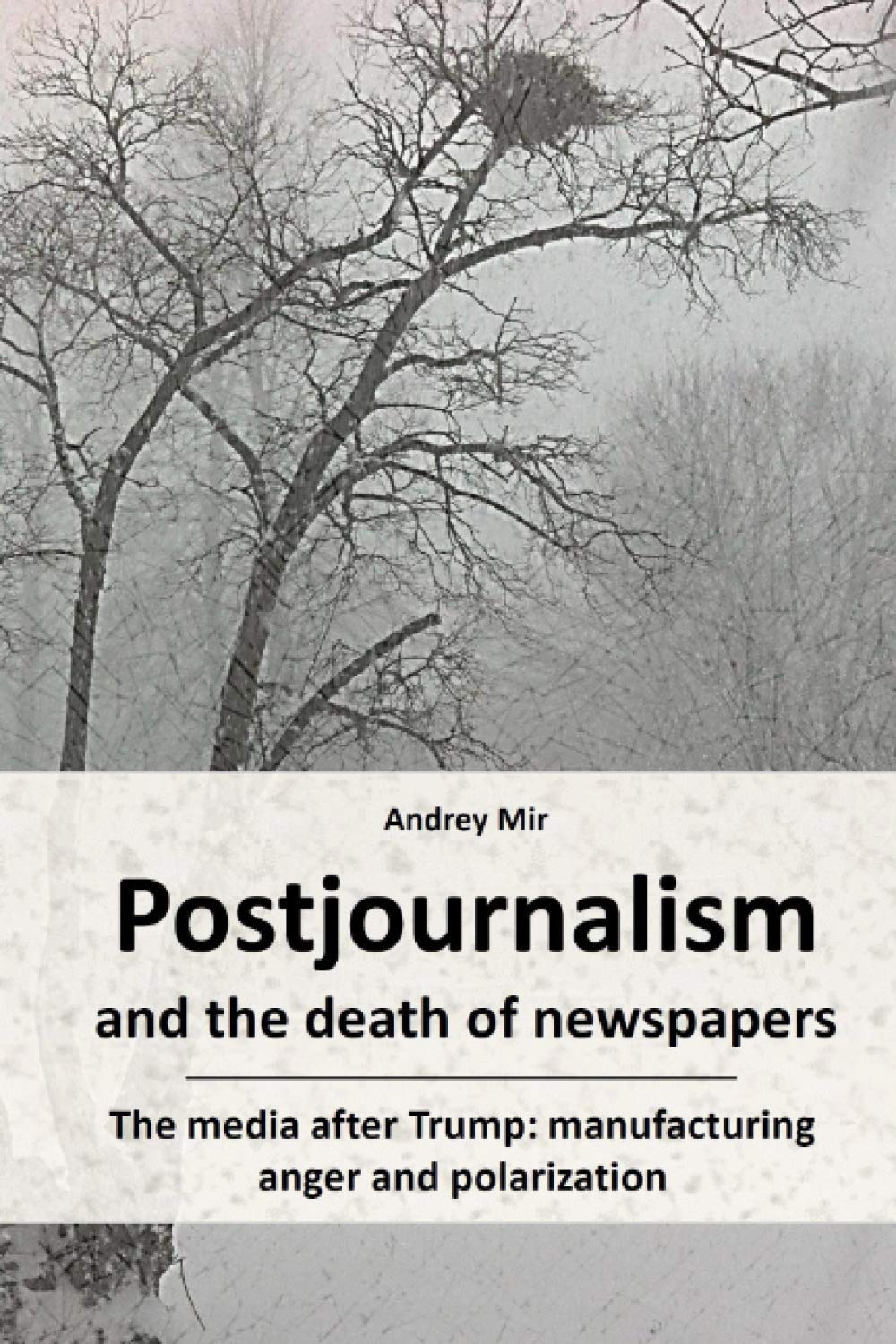The Role Mainstream News Media Really Play in Our Society Today
Why, exactly, traditional news media are increasingly out of touch with the publicYesterday, we looked at why politicians can now get away with ignoring news media: The mainstream media are much less influential than they used to be. One reason is that news consumers use the internet to create their own channels. Once-mighty media are reduced to competing with their own readers for mind space and relevance now.
The highlighted politicians were Republicans. But their Democrat opponents are surely in the same position. Whether their base turns out to vote for them in sufficient numbers or not, traditional news media are much less likely to influence the decision than in the past.
So, if traditional mainstream news media are not as directly influential as they used to be, what role do they actually play? Here are suggestions from three people who work in or keep an eye on the news business:
Loss of advertising income freed journalists from middle-of-the-road constraints

Media researcher Andrey Mir, author of Postjournalism and the death of newspapers (2020), points out that advertising accounted for most of the income of media during the twentieth century. Advertisers did not dictate content but they chose media that people who would buy their wares were likely to read.
Professional standards in journalism largely derived from the need to keep news content free from such influence. Thus, most journalists supported, at least in theory, allowing both sides of a controversy to be heard.
Then, Mir recounts, the century-old business model collapsed in roughly a decade:
Google and Facebook delivered the fatal blow. It became obvious to advertisers that old media had offered them a costly and inefficient method of carpet-bombing their targeted audiences. By contrast, Google and Facebook knew the preferences of billions of individuals and provided personally customized delivery of ads to each of them. In 2013, Google alone made $51 billion in ad revenue. That year, American newspapers’ ad revenue was $23 billion, and the global newspaper industry collected $89 billion in ad revenue. The Google-Facebook duopoly surpassed 60 percent of the share in the U.S. digital ad market in 2018. It became increasingly clear that old media had little chance of competing with digital platforms.
Andrey Mir, “How the Media Polarized Us” at City Journal (Summer 2022)
By 2016, ad revenue had practically ceased to exist. One outcome was that journalists, typically more progressive than most of the public, were no longer moderated by the need to appeal to a broad public. Twitter became a journalist’s new reference point and presenting both sides of a controversy is sneered at as mere “both sides-ism”.
Increasingly, traditional media offer a social elite take on news
Investigative reporter Matt Taibbi sees the Gray Lady (The New York Times) these days as the weathervane of elite opinion rather than middle-class opinion:
… the Times has become a place where the public often learns about key facts, pressing international controversies, or trends in American thought only once these have been deemed suitable for public consumption by an unseen higher audience … Along with companion outlets like the Washington Post and The Atlantic (as pure a reflection of establishment thought as exists in America), the paper in this sense fulfills the same function that Izvestia once served in the Soviet Union, telling us little or even less than nothing about breaking news events (“Can NATO Long Exist?” was among Pravda’s final questions in 1991) but giving us comprehensive, if often coded, portraits of the thinking of the leadership class.
Matt Taibbi, “The New Kremlinology: Reading the New York Times” at TK News (July 12, 2022)
Relative to a century ago, those who read The Times mainly do so in order to learn elite thinking. There are now many other sources of news as such.
What’s gone is gone forever. What will replace it?
Former New York Times journalist Bari Weiss (now an independent) talks about her own journey and points a way forward:
To finally leave old media required me to confront some realities. Among them: The Washington Post is not the same place that broke Watergate, and The New York Times isn’t the same place that got the Pentagon Papers.
Bari Weiss, “The Washington Post’s Descent Into Middle School Antics” at Common Sense (June 7, 2022)
And the way forward? Weiss, on leaving The Times started a very successful newsletter, with 180,000 subscribers. It’s boutique news but it’s news for those subscribers, not for an increasingly isolated elite.
Next: What media models can survive a digital age?
You may also wish to read: Why politicians are learning to ignore news media Successful politicians now think they can get away with ignoring mainstream media. Could they be onto something? Journalists are much less likely than average Americans to feel they should tell both sides and the public has lost confidence and interest in news media.
and
Newsletter group creates alarm plus demands for censorship Substack is getting a lot of ink these days — raising both hope from readers and hand wringing from old media. The surprising thing about “controversial” Substack is that it is a restoration of the very old idea that we should pay a small amount for the content we want.
